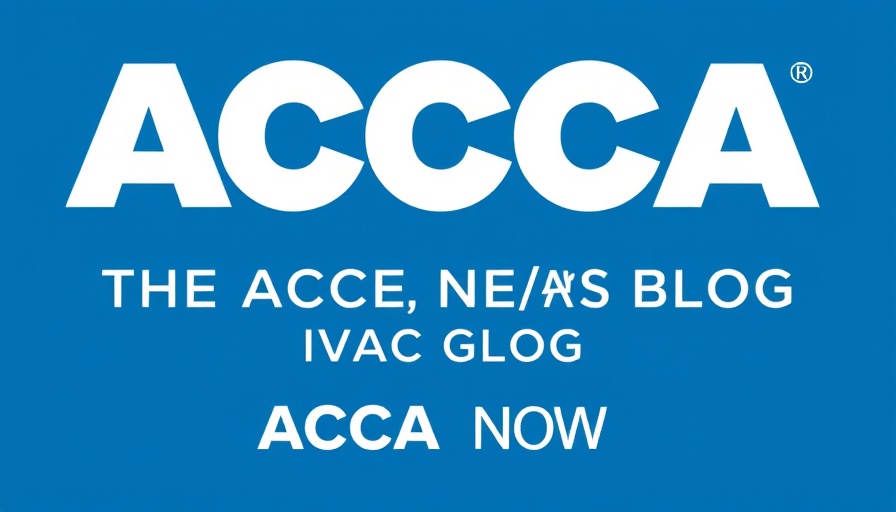
The Challenge of A2L Refrigerants
The heating, ventilation, and air conditioning (HVAC) industry is continually evolving, and as regulations change, so do the challenges for professionals. A significant change looming in 2024 is the International Mechanical Code (IMC), which impacts A2L refrigerants in multifamily buildings. These refrigerants, known for their low toxicity and low flammability, have been the go-to for eco-conscious contractors. However, their routing through ventilated fire-rated shafts has been prohibited, creating a ripple effect affecting installation practices.
Understanding the New Code Requirements
This new code aims to enhance safety by ensuring that A2L refrigerants cannot compromise fire-rated barriers, which are critical in multifamily dwellings. It challenges contractors to rethink their strategies, as installs utilizing these line sets must now comply with stringent safety measures. It also places responsibility on those managing these buildings to ensure that installations adhere to the latest compliance standards.
Impact on Contractors and Building Managers
For Houston homeowners and building managers, this code revision might initially seem daunting. However, it presents an opportunity to engage contractors who are updated on safety standards and compliance practices. Understanding these changes not only keeps you compliant but also guarantees the safety and reliability of HVAC systems in shared living spaces.
Potential Solutions
As contractors adjust to these new regulations, solutions such as dedicated line sets or updated routing techniques that align with fire safety codes will become crucial. Ensuring effective communication with HVAC professionals about your needs can help find the right solutions for your specific building requirements.
In conclusion, staying informed about these upcoming code changes is key for homeowners and property managers in Houston. Adaptation might require additional adjustments now, but embracing these changes will lead to safer and more compliant living environments.
 Add Row
Add Row  Add
Add 

 Add Row
Add Row  Add Element
Add Element 




Write A Comment